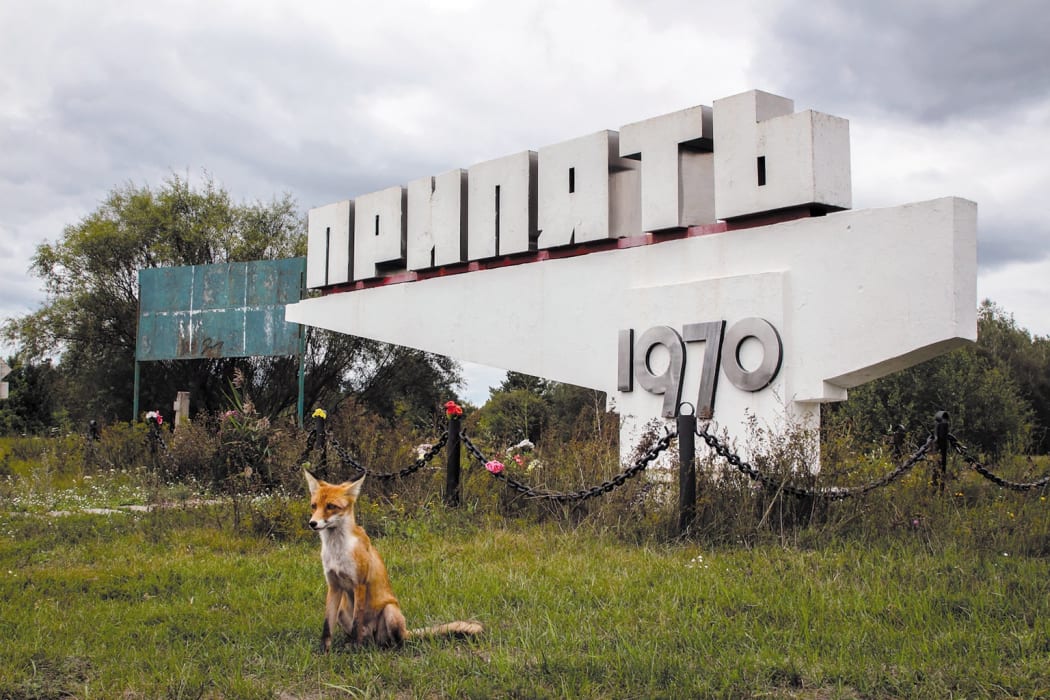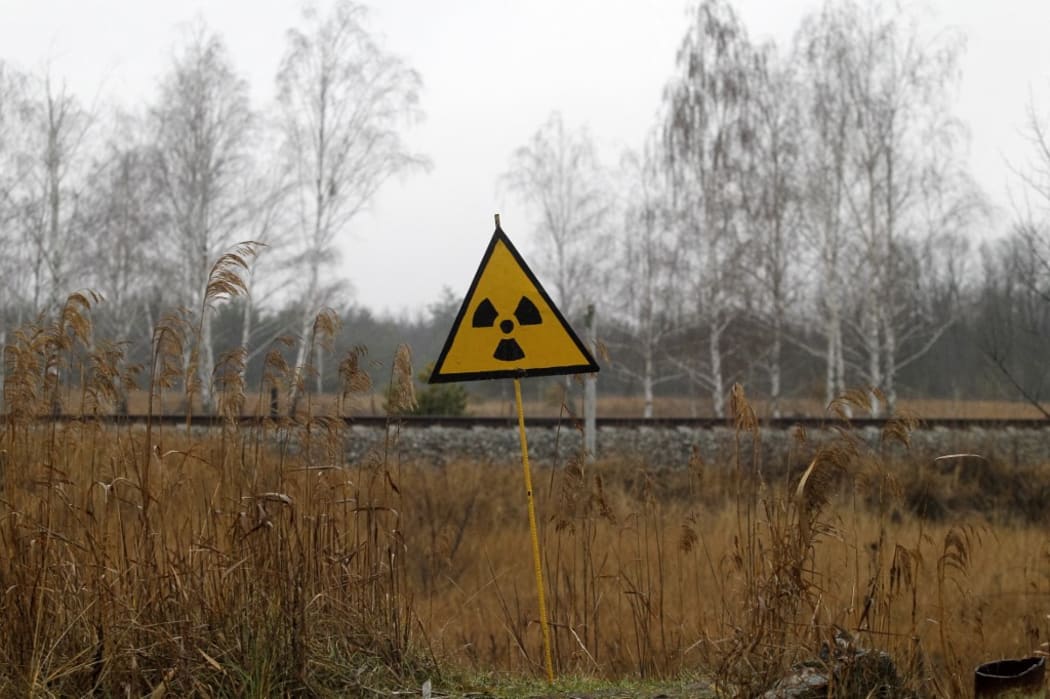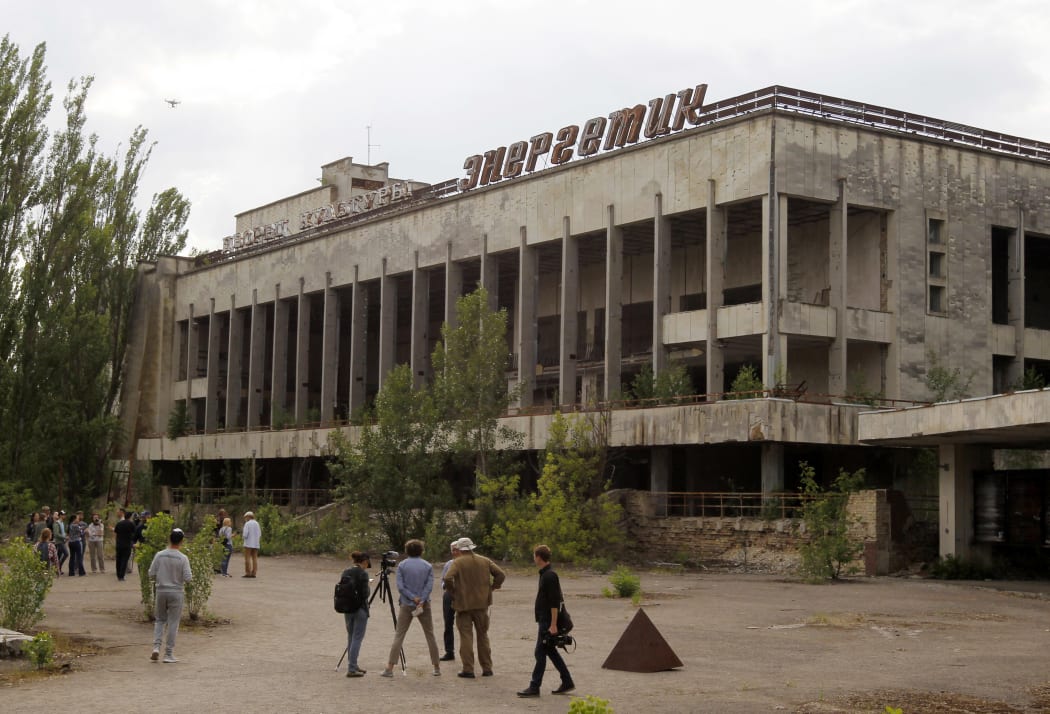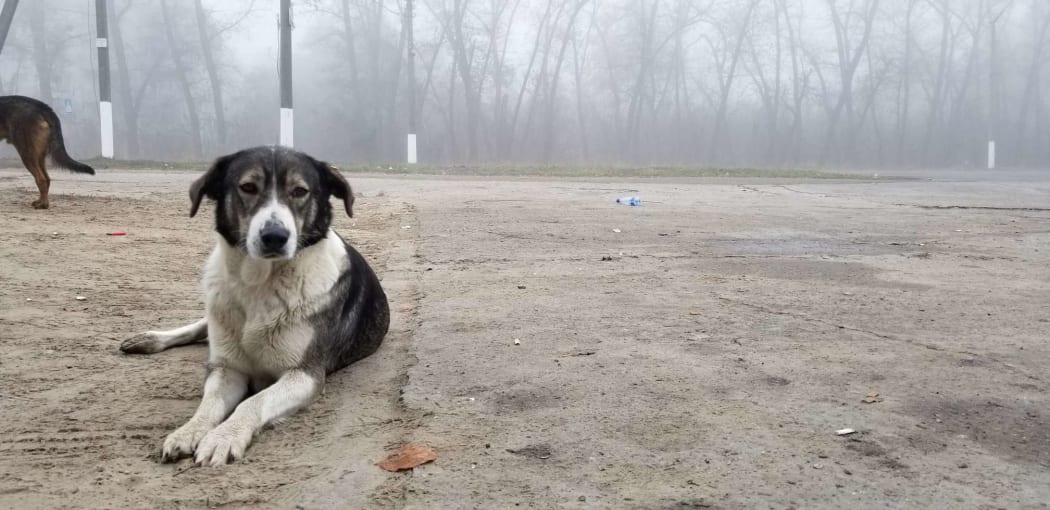
Chernobyl Photo: Getty's Images
Thirty-six years after the world's worst nuclear accident, Russian tanks are churning up the soil of Chernobyl.
Just 90km north of the Ukrainian city Kyiv, the Chernobyl nuclear facility is now in the midst of a war zone.
As Russia attacks Ukraine, there are fears invaluable research into the environmental effects of the Chernobyl disaster will be cut off and a still-radioactive site left unmonitored.
The Chernobyl facility is currently under Russian military control and Russia will be as concerned as anyone else about its safety, says Canadian scientist Dr Carmel Motherills.
While that is reassuring to a degree, in the words of security analyst Craig Hooper, Russian control of Chernobyl and Ukraine's other functioning nuclear power plants could be like "nuclear warfare without bombs".

Photo: Vladimir Sindeyeve/NurPhoto
"The area is still highly contaminated and in particular areas close to the plant and so the disturbance caused by heavy artillery and heavy tanks going through is of concern.
"Of course, the other thing is the reactor core is still highly radioactive and it's contained by the preliminary sarcophagus after the explosion and the new shelter that has been put in place about three years ago.
"But the problem is if anything happens, like a shell or a bomb, or something, and penetrated those, you'd be back to Chernobyl day one almost, in terms of the amount of radioactivity that could be released."
Dr Motherills recalls hearing about the Chernobyl disaster:
"My husband and I were both radiobiologists and we went in on a Saturday morning to do some culture work in our lab and we found the help health physicist with his dosimeter measuring levels in puddles in the grounds of the hospital.
"We ask him what he was doing, and he said he had heard there was some kind of an incident in Europe and he had no details but had been told to get out there and measure the levels in the puddles because rain brings down the fallout."

Visitors look in the abandoned city of Pripyat, near the Chernobyl nuclear power plant, Ukraine, on 7 June 2019. Photo: AFP / Vladimir Sindeyeve / NurPhoto
Although we know high levels of radiation causes cancer in humans, the long-term effects of lower levels remains unknown, she says.
"The big problem with low levels of radiation is that you have no idea really of what they do. At high levels, there's no doubt they kill cells, they cause cancer and that's all well established. But the problem with low levels is you're dealing with a mix of multiple stressors.
"So, you have pesticides, you have other pollutants, you'd got climate change now causing increases in temperature, you have lifestyle factors with people smoking and drinking, all contributing to cancer risk and so it's very, very difficult in that background to pull out what radiation is doing."
Dr Motherills recently turned her attention from looking at how radiation affects humans to how it affects wildlife and the environment.
This knowledge is not only important for radiation studies, it helps us learn how the natural environment can be 'rewilded' after human interference, she says.
As rewilding projects spring up around the world, and David Attenborough calls for global rewilding, the environment around Chernobyl has a lot to teach us.
"The big thing about Chernobyl was people left and when they left nature was able to re-establish, so it was kind of a laboratory in the wild for looking at it."
Chernobyl is now a beautiful place, Dr Motherills says.
"It's an absolute haven for wildlife. Wolves have come back, boar, beavers, a whole that of animals that were driven out by human activity. There was draining of that land and now it's kind of reverted back to marshland, so it's a beautiful eco-system."
She visits every year to do fieldwork into the effects of contamination.
"We do counts of species, biodiversity. [Other scientists] tag birds and take blood samples from them and blood samples from small rodents as well. Then you try to monitor what the abnormalities are in the blood, what are their breeding success like.
"Insects are particularly important in scoring the biodiversity of pollinators and also plants - whether you've got the plants you'd expect in that eco-system."
Within the scientific community, there are two schools of thought on the environmental impact of Chernobyl and other nuclear events, Dr Motherills says.
One camp believes nature is learning to adapt and there is nothing to worry about, the other argues radiation is persistently dangerous to the environment.
It's still hard to tell who is correct, she says, but the good news is that the Chernobyl wildlife seems to be coping well with current levels of radiation.
"They're carrying contamination, but it doesn't seem to be causing undue abnormalities."

Chernobyl dog Photo: supplied / Clean Futures Fund

